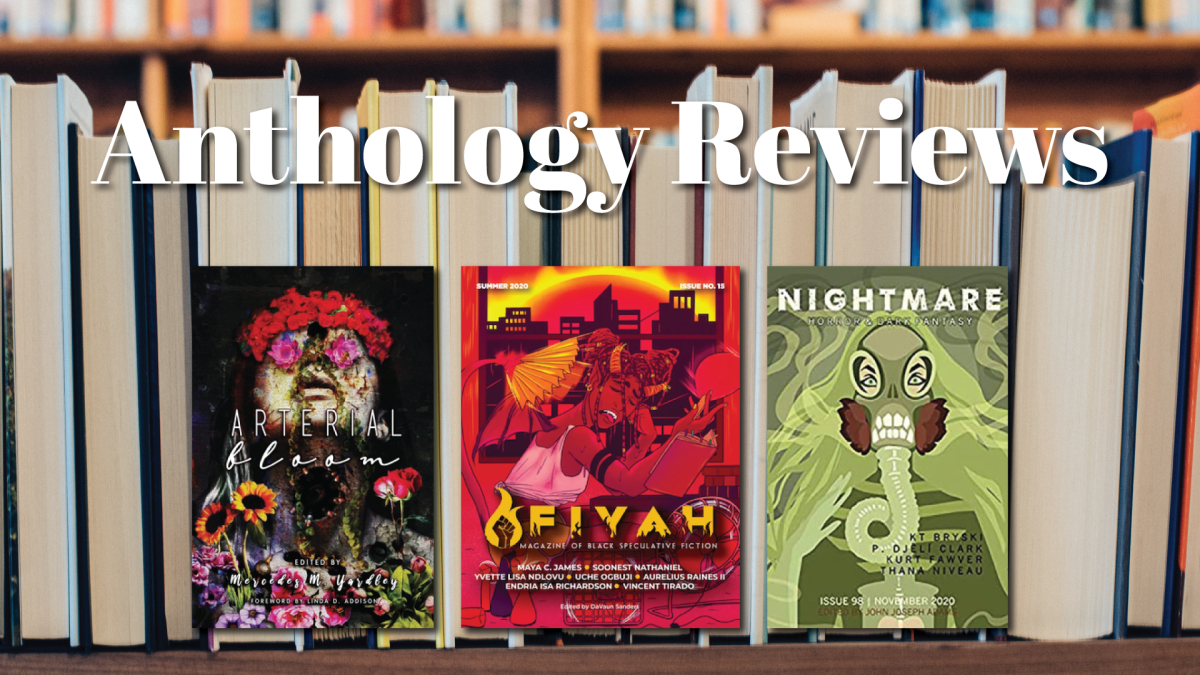
| Release Date | October 29, |
| Publisher | Black Shuck Books |
| Content Warnings | Gore, murder |
| Did I receive an ARC? | Yes |
| Links | Indiebound | Bookshop | Kindle | Goodreads |
Short stories are tough—for writers as well as readers. With only a little time to make an impact, many end up falling flat and forgettable. Thankfully for us readers, Dan Coxon knocks it out of the park with the short stories in Only The Broken Remain, his collection of dark and disturbing fiction featuring the downtrodden of the world.
Coxon has an extensive publishing history, and it’s easy to see why editors are snapping up his stories. They are unique and well-written, and not a little unsettling. Although the overarching theme of Only the Broken Remain is loose, no story feels out-of-place and each feels a little like a dream—or a nightmare.
There are several stand-outs amongst these fourteen stories, not least of which is the opener, “Stanislav in Foxtown.” In it, an immigrant works day in and day out at a local chicken joint, until he befriends some foxes that live in the area. Stan and his foxes grab your attention immediately, and the descriptions in this story are indicative of the amazing prose that permeates the entire collection.
Coxon’s skill as an editor—his anthology was nominated for a Shirley Jackson and British Fantasy Award—is apparent in the story order. Sometimes, especially in single-author collections, I find it hard to differentiate between one story and the next, but Coxon doesn’t hit that pitfall. From one story to the next, you encounter different narrative styles, different themes, and different vibes.
Not every story landed for me, though. Particularly towards the middle of the collection, I found that some stories didn’t commit to their premises, and the ending was a little too vague. A set-in-stone ending isn’t necessary for a short story, but in a couple, like “Far From Home,” the beginning of the story didn’t intrigue me and the ending also failed to make an impression. On the bright side, these stories were few and far between, and didn’t take away too much from my experience as a whole.
Without a doubt, I’d have to say that my favorite story was “No One’s Child,” a story about a young English girl who is sent to the country during the London air raids who finds a creature in her guardian’s cellar. The descriptions in this story, the setting, and the absolute brutality were absolutely phenomenal and this is a story that will stick with me for awhile.
If you are a fan of horror short stories, this is definitely a collection you should pick up. There is a story for everyone here, and Coxon will amaze and disturb you with Only the Broken Remain.







